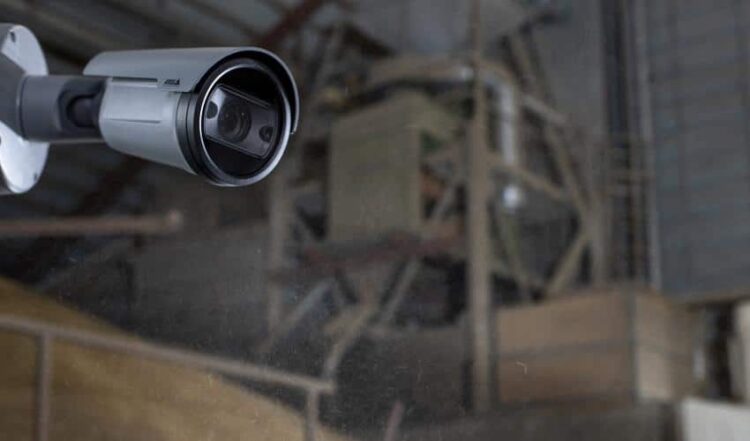Axis Communications introduces explosion-protected camera


Victoria Rees
Share this content
Axis Communications, a provider of network video, has introduced the AXIS P1468-XLE Explosion-Protected Bullet Camera, the world’s first explosion-protected camera specifically designed for Zone and Division 2 hazardous locations.
According to the company, the camera is designed for Zone 2, 22 and Class I/II/III Division 2 according to international standards (ATEX, IECEx, NEC).
AXIS P1468-XLE uses the ‘Ex e’ protection method, an explosion-protection approach referred to as ‘increased safety’ or ‘non-incendive’. This method ensures that no arcs and sparks can appear and that excessive temperatures cannot be reached, during normal operation of electrical equipment. As a result, electrical equipment using ‘Ex e’ protection cannot ignite gas or dust in the surrounding potentially combustible environment.
AXIS P1468-XLE is a robust, impact- and weather-resistant fixed camera which delivers excellent image quality in 4K resolution under any light conditions, through Lightfinder 2.0, Forensic WDR and OptimizedIR. Compact and lightweight in design, the company says that the camera is as easy to install as a standard camera.
AXIS P1468-XLE has been designed in line with North American and European directives for equipment intended for use in potentially explosive atmospheres. By design, the camera is unable to provide sufficient energy to ignite gas or dust in the atmosphere to cause an explosion, therefore removing the need for any traditional explosion-protected enclosure.
Axis highlights that built on ARTPEC-8, AXIS P1468-XLE includes a deep learning processing unit (DLPU) enabling advanced features and powerful analytics that run on the edge. For instance, by connecting the camera to the process control system and continuously monitoring a process, ensures that users can fine-tune the process in real-time to maximise throughput. In addition, it is possible to extract and send metadata for further analysis, which can be used for trend monitoring and predictive maintenance. Built-in cybersecurity features help prevent unauthorised access and safeguard the system.
“For customers who have wanted to use video surveillance in Zone/Division 2 hazardous locations, the only realistic solution so far has been to use explosion-protected cameras certified for Zone/Division 1 hazardous locations,” Jesper Olavi, Global Product Manager at Axis, said.
“But these heavy-duty enclosures are over-engineered and unnecessarily expensive for Zone 2/Division 2 hazardous locations. With the launch of AXIS P1468-XLE, customers will have the chance to bring high-quality video surveillance and advanced analytics into locations where they were previously rarely used due to the prohibitive cost.
“AXIS P1468-XLE highlights the benefits of Axis designing and manufacturing our own explosion-protected cameras. In designing every element of the camera, we can ensure the methods employed for explosion protection are based on an individual camera’s requirements, rather that creating a ‘generic’ enclosure designed to fit many cameras. It’s a process that leads to an optimal solution for specific environments and use cases.”



